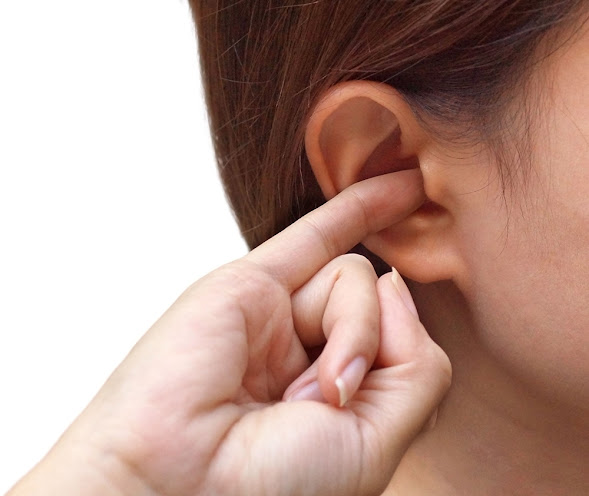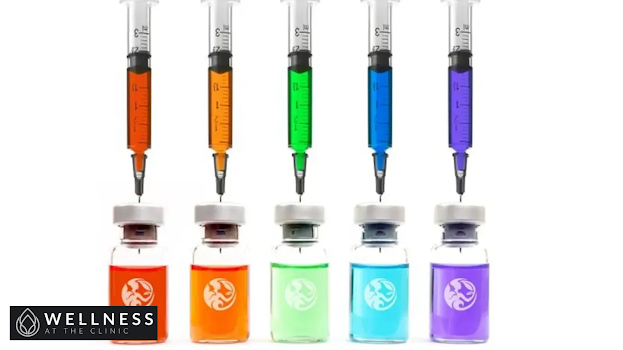Get Rid Of Earwax in Burnley with Our Ear Check Service
For many people, questions about their ear health can be a tough topic to approach. If you have ever had any problems with your ears and are looking for a professional to help you out, the team of professionals at the Ear Doctors Burnley clinic has you covered! Please find out more about what we offer in this blog post.
How does our service work?
Our Ear Wax Removal Burnley offers a quick and easy ear check service that can help you get rid of earwax. The first step is to make an appointment with one of our qualified audiologists. They will thoroughly clean your ears during your appointment and remove any excess wax. They will also check your hearing and advice on how to protect it in the future.
What is ear wax?
The ear wax substance is the one that sticks that is found in your ear of yours. Most people think it's an unpleasant substance that's yellowish in appearance and smells awfully bad. However, it's an essential defense mechanism for the body against foreign objects which enter the ear.
The body constantly produces Ear wax, which accumulates, and old wax is slowly transferred to the outer ear, making it easier to take it out using a towel or cotton buds.
However, there are instances when excessive ear wax is produced, but the ear cannot instantly push it away. If it continues to build up and you do nothing that could cause hearing loss, irritation, pain, and occasionally a ringing noise in the ear. If this occurs, then you'll need an appropriate and safe wax removal method that you can perform yourself.
Many people make use of cotton buds to clean their ears. However, this isn't an effective removal of ear wax procedure. This is because you're pushing into the wax instead of getting rid of it using your cotton buds.
Why do ears produce ear wax?
Ear wax is produced by the body to protect the ear from dirt and foreign objects. It also helps to keep the ear canal lubricated. Earwax can become a problem if it builds up in the ear canal and prevents sound from reaching the eardrum. This can cause hearing loss.
How to remove earwax?
If you have too much earwax, it can block your ear canal and cause hearing loss. But don't worry; our Ear Wax Removal Colne can remove earwax quickly and painlessly.
There are several ways to remove earwax, but a specialized suction device is the most common and effective method. This is called micro-suction.
Microsuction is a safe and gentle way to remove earwax. It's quick and usually only takes a few minutes. You may feel a little pressure or fullness in your ears after the procedure, but this should soon go away.
If you have any concerns about earwax buildup or think you may need our ear check service, please don't hesitate to get in touch. We're here to help!
When should you seek professional help for your ears?
If you experience any of the following symptoms, you should seek professional help for your ears:
-You have had ear pain for more than two days.
-Your ear feels itchy and irritated.
-You have a fever.
-You have trouble hearing.
-There is discharge coming from your ear.
-You have injured your ear.
Other services we provide
We offer various services at our clinic in Burnley, one of which is our ear check service. This is a great way to get rid of any earwax buildup that might be causing you problems. We use a special tool to remove the wax from your ears and provide a cleaning solution to help keep your ears clean and free of wax in the future. See us for our ear check service if you're having trouble with earwax or want to ensure your ears are healthy and clean.
For More Information
Read more related blogs: - https://wellnessattheclinic.blogspot.com/2022/08/treatments-for-facials-how-to-pick.html
Visit Our Clinic: - https://goo.gl/maps/UPc5i8NMpuN6V3sT6
Call Us On: - 01282 224 501
.png)


Comments
Post a Comment